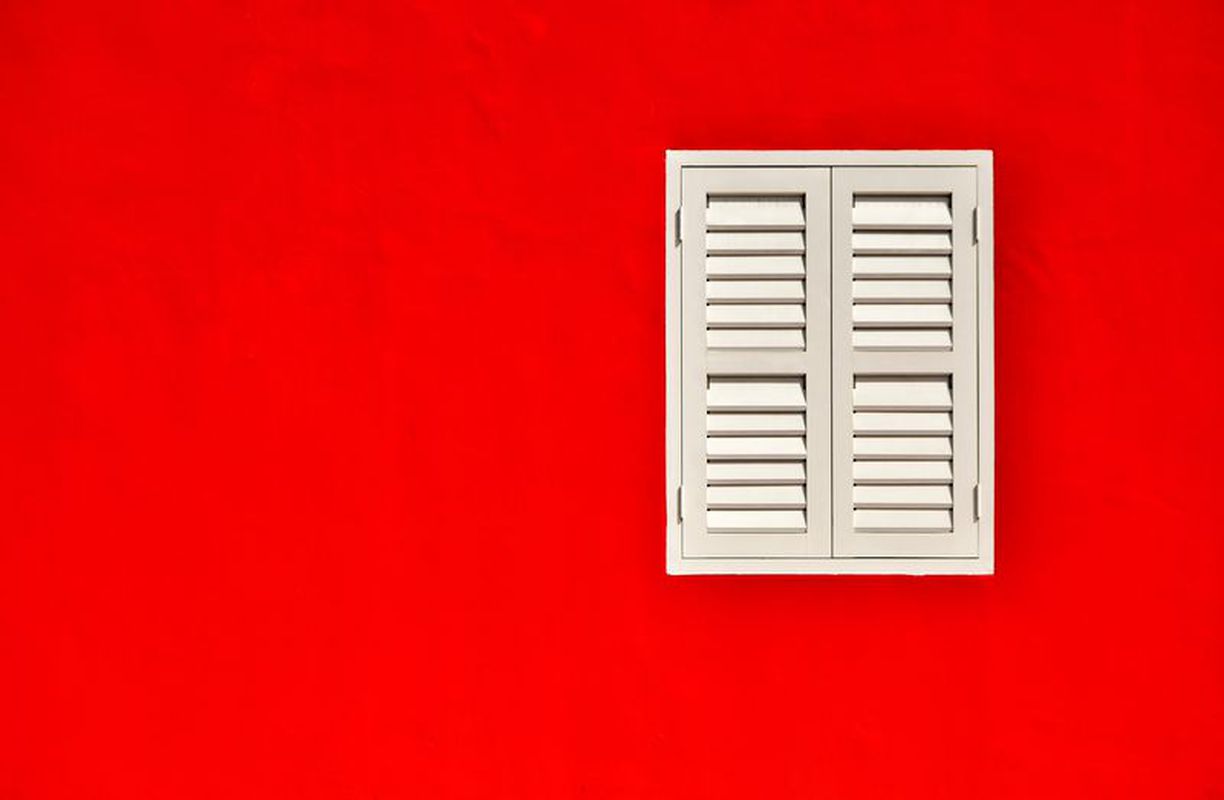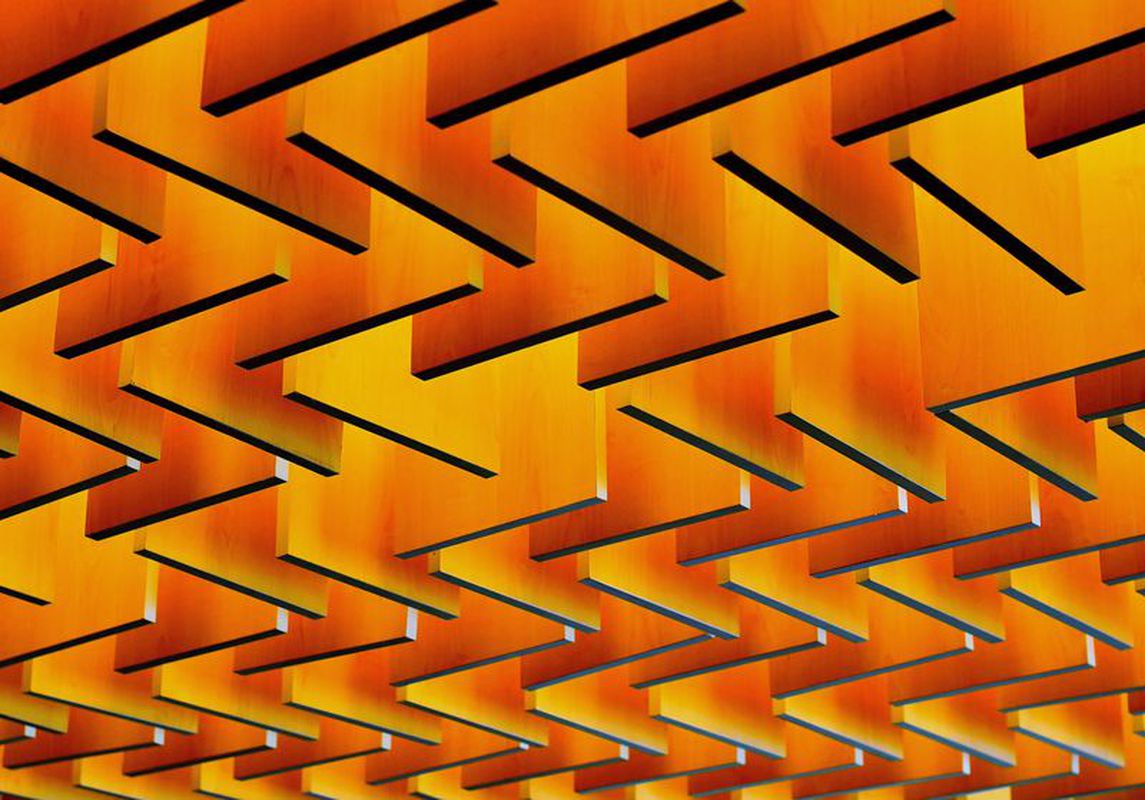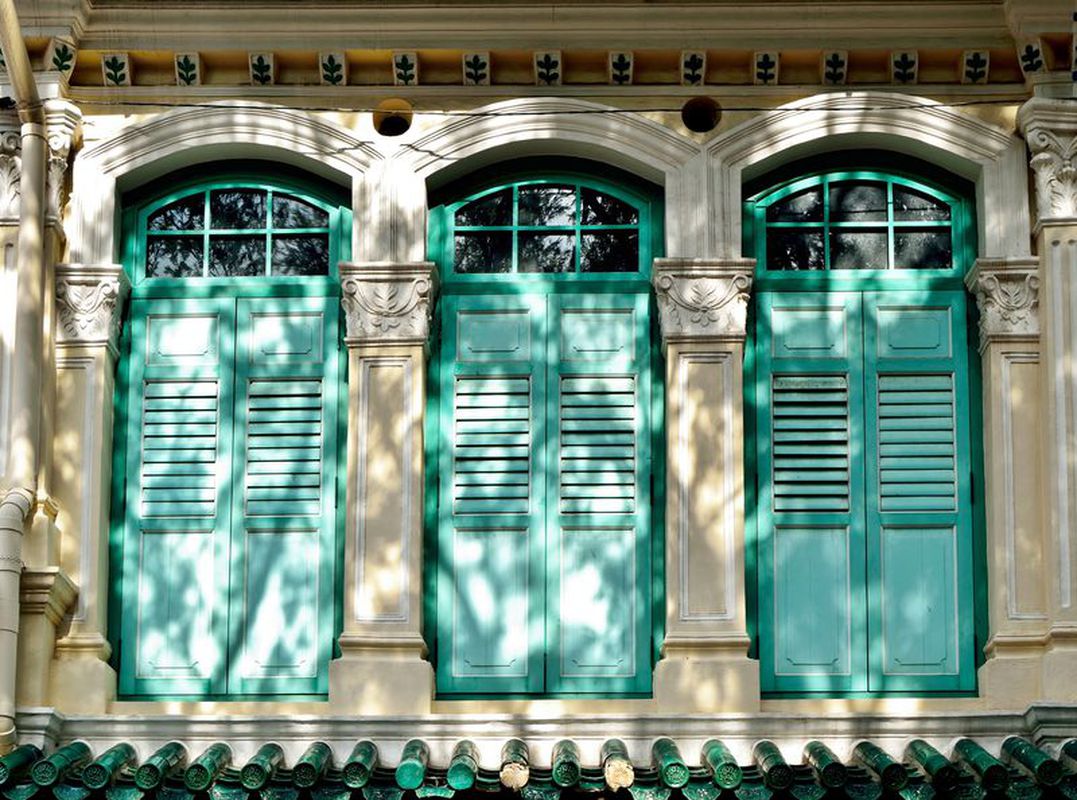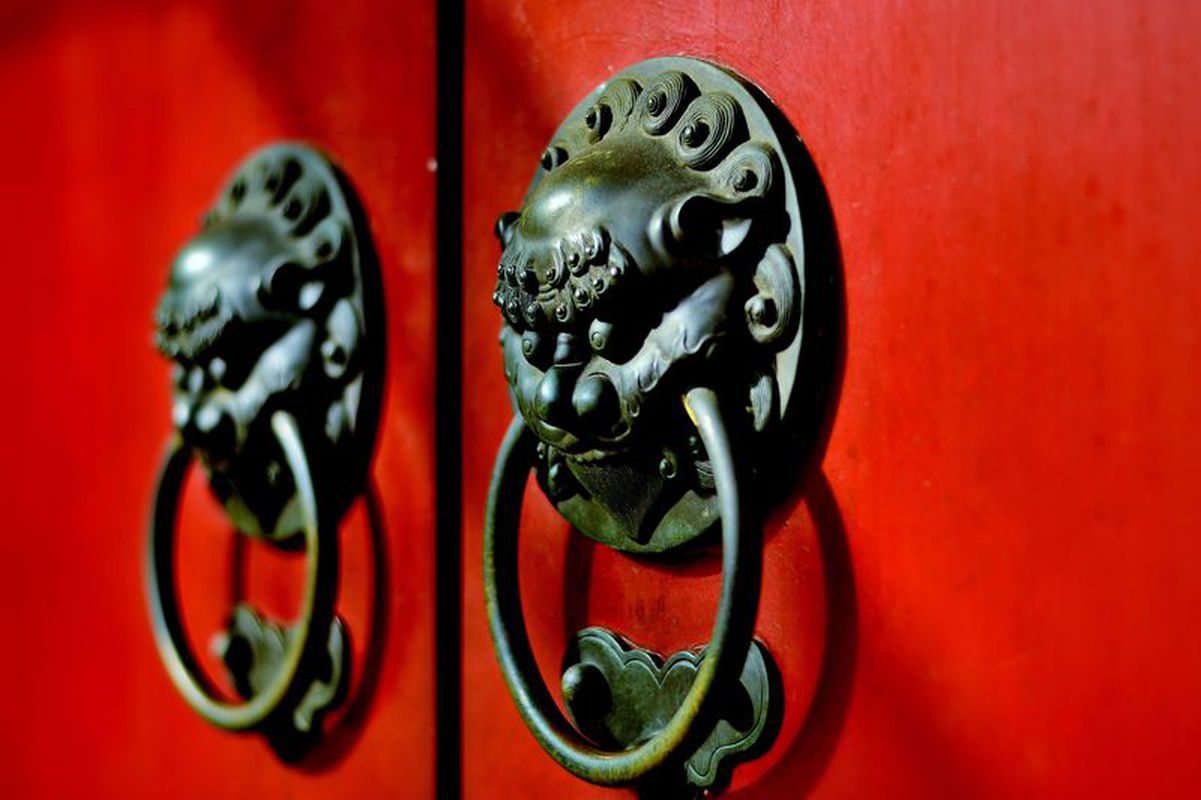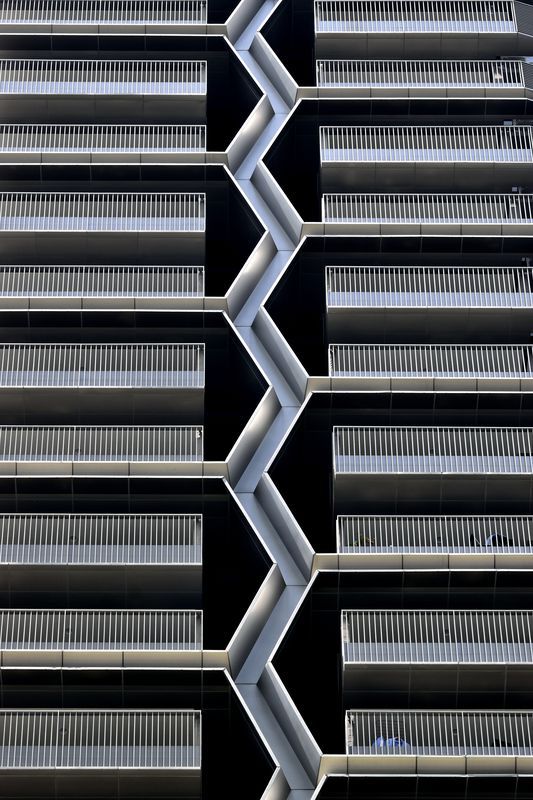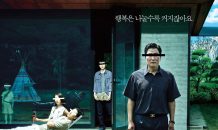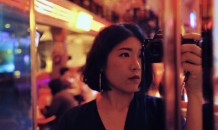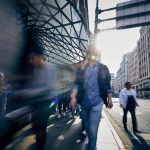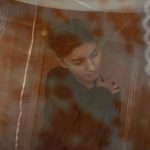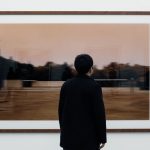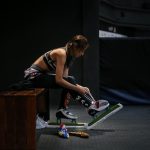A shutterbug speaks on his love-affair with Asian architecture and why it’s never a bad idea to get down and dirty with your subject matter.
“I came out to Asia 28 years ago, first to Southern Thailand and then to Singapore for teaching posts; fell in love with the climate, the food, the history and culture and then with my future wife – not necessarily in that order. I picked up my first digital camera about 15 months ago and set about trying to capture the quirky, often ignored side of Singapore.”
I don’t want to be too philosophical, but architecture is like literature. You can read a great novel and enjoy the story, but to really get into it, I think you have to try to figure out why the author wrote it, why he or she wanted to tell the story.
The same goes with architecture. Why did the architect design it in a particular way? That’s the essence I want to capture. Look at the Singapore Flyer; a massive undertaking, a local icon – but what makes it truly amazing is that it is buttressed by 24 slender steel cables.
So, the only shot I will ever take of it is a perspective view looking up some of those cables, showing the essential design element from an architect or engineer’s perspective. That, I believe. is what makes a piece of architecture unique.
“I think the job of any photographer is to capture that uniqueness. Having said that, when I photograph those beautiful Singapore shop houses, I want to take a flat frontal shot because the essential beauty of them is their symmetry, geometry and proportion.“
That makes me extremely picky about my set-ups, which can trickle into real-life. I drive my wife mad because she’ll ask if I want to go to our favourite Bak Kut Teh stall in Hong Lim Square on a Sunday morning and I’ll answer “Can we go there for lunch because in the morning the sun is on the West-facing shop houses on Temple Street and I photographed them on Friday.”
It’s easy to take a good picture of a grand, impressive or famous building; but try to take a great picture of dirty, drab back alley wall in Geylang or Little India and that’s a challenge.
I like to look for the ordinary because as my literature teacher in primary school once told me, “Literature is all about taking the ordinary and turning it into the extraordinary.” It’s the back streets and alleys, the quirky architecture and those amazing pockets of history and nature surrounded by modernity that really drew me into photography and Singapore has these in enormous abundance. I want to capture as many of these places as soon as possible before they disappear.
I haven’t ventured much into the rest of Asia in the past year but plan to spend time in Hanoi and Kunming for the same reason – capture some of that great teeming street life and those ancient Buddhist temples and shop houses that have weathered the centuries so beautifully. My dream is to live with a family in a small village on the Mekong River in Vietnam or Cambodia and chronicle village life for one rice season, from planting to harvesting.
Bonus Material: So Justin, what’s in your camera bag?
Definitely my “Nifty Fifty” – I have a few lenses but the Nikkor F1.8 50mm is the best lens I’ve ever used, especially in low light. Also, I carry a box of coloured chalk. When you are trying to find the center point of a building in a narrow street and you are getting jostled by passersby or honked at by impatient motorists, you lose the spot. So, find the spot, bend down and mark a cross on the ground with a piece of chalk and you can easily find it when things have quietened down. Lastly, I always carry a water pistol – great for squirting noisy kids but also damn useful for squirting plants and flowers on a hot day to bring out some extra texture and sheen!

